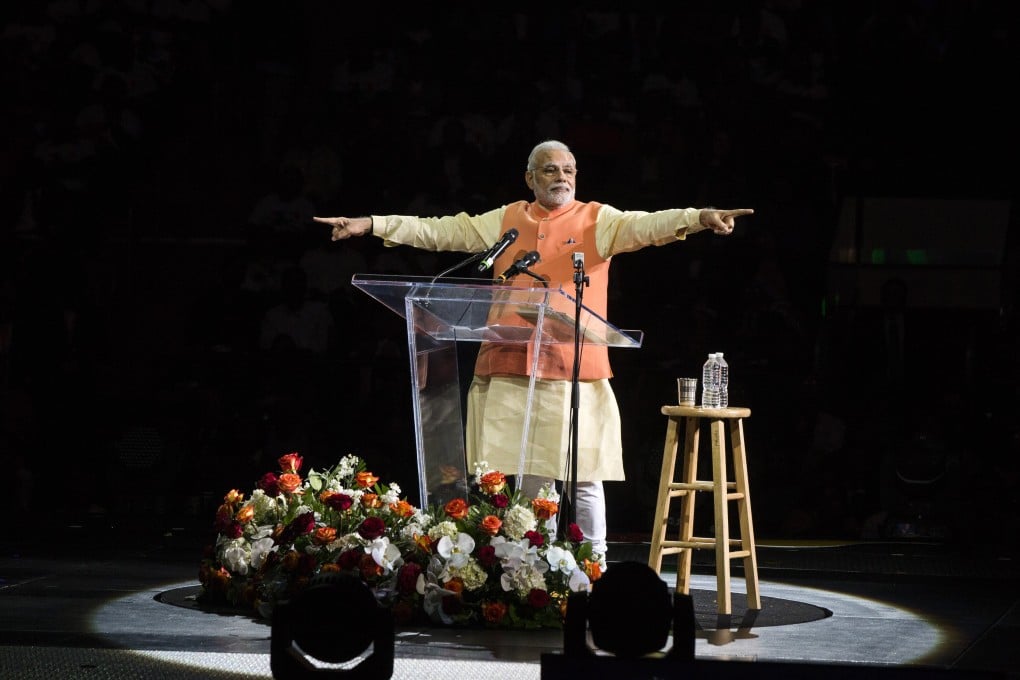Under Modi, India must write a new chapter for its growth story
K. S. Venkatachalam says it must ditch its socialist model for good

Indian Prime Minister Narendra Modi was catapulted onto the national stage on the back of an enviable track record in his home state of Gujarat, where he was chief minister. Under his decisive leadership, Gujarat became an industrial powerhouse with a gross domestic product growth rate similar to that of China.
People who were fed up with ineffectual government saw in Modi a messiah with the ability to better their lives, and put India on the world economic map.
Before 1991, Indian economic policy was largely based on Fabian socialism. The central planning model, similar to the Soviet one, was protectionist in nature. Nationalisation of industries like steel, mining, telecoms, insurance and banking, with an unresponsive bureaucracy, acted like a death knell to the economy. It was rescued by then prime minister Narasimha Rao, who introduced a slew of economic reforms, by moving away from unproductive socialist philosophy to a market-driven approach.
The world's leading economists were so impressed with the Indian story that they predicted its economy would grow at a much faster rate than China's, because of two distinct advantages - a robust democracy and a large English-speaking workforce.
However, subsequent prime ministers went back to the old socialist model, with misplaced emphasis on social investments. Various welfare schemes that were introduced, though laudable, led to a loss of investor confidence in the Indian story, and they chose China instead. Today, the discussion centres around how many decades it will take India to catch up with China.
The previous government, riddled with corruption and other scandals, brought disrepute to the leadership of Manmohan Singh, and also to his party. The people lost confidence in the government, and the electorate spoke loudly in electing Modi with an unprecedented mandate.